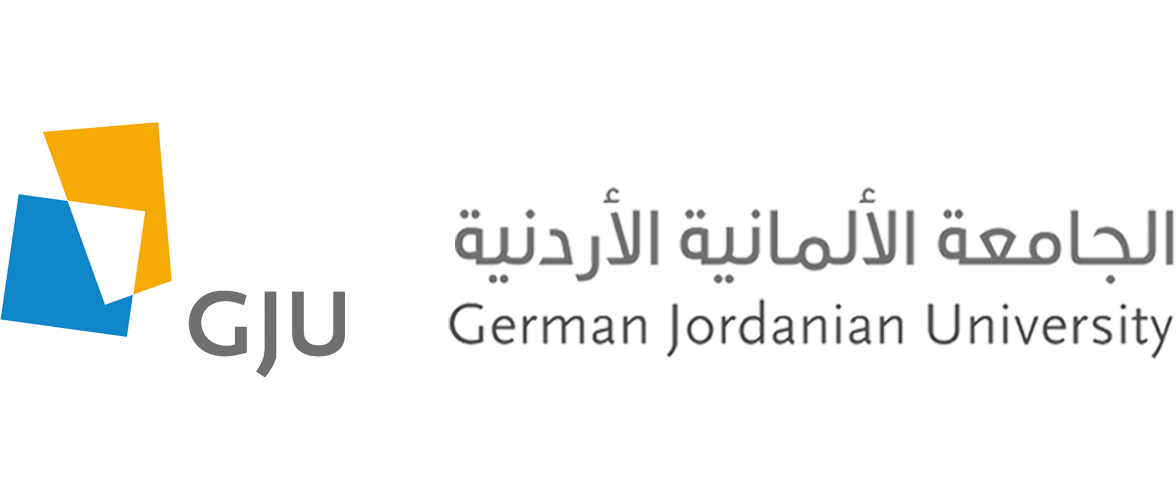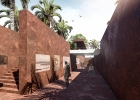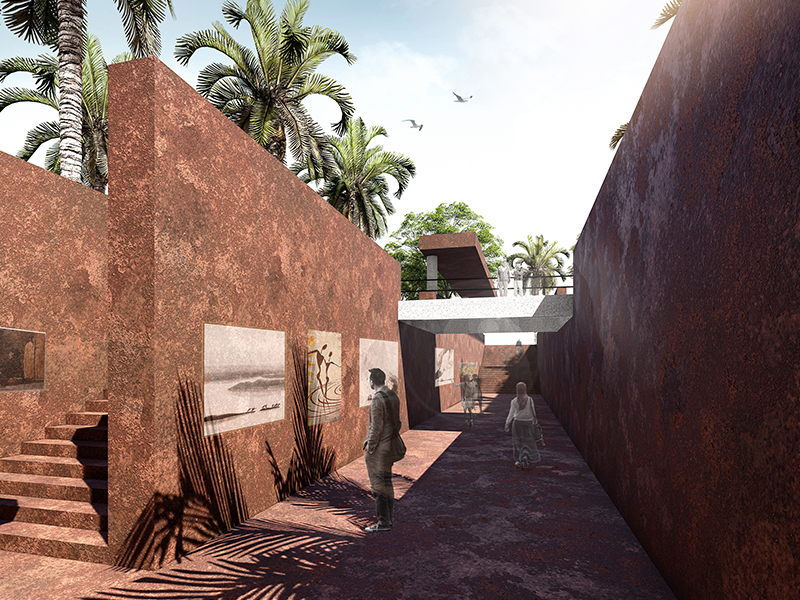Amman- 5 November 2019
 Within Tamayouz Excellence Award, Industrial Professor Tha’er Qub’a from the School of Architecture and Built Environment (SABE) at the German Jordanian University (GJU) won the first prize of Dewan Award for Architecture 2019- Al Umma Park Competition- Bagdad.
Within Tamayouz Excellence Award, Industrial Professor Tha’er Qub’a from the School of Architecture and Built Environment (SABE) at the German Jordanian University (GJU) won the first prize of Dewan Award for Architecture 2019- Al Umma Park Competition- Bagdad.
Tamayouz Excellence Award announced the winner of its Dewan Award for Architecture 2019 at the beginning of October. The award, held in partnership with Dewan Architects + Engineers, is an annual thematic prize that calls on participants from around the world to respond to Iraq-specific issues.
This year, the award’s theme was the regeneration of Al Umma Park in Baghdad, seeking proposals that were mindful of the existing structures and artworks in the park, as well as the demands of the community and local context.
The winners were selected from a shortlist of 20 submissions, which was released in September 2019. The shortlisted finalists were chosen from a larger pool of 99 submissions from 29 countries. Selection of the finalists was based off criteria set in the award’s brief, such as responding to the site’s conditions and offering solutions that are mindful of the park’s existing structures and monuments, as well as the needs of the local context and community.
Qub'a expressed his honour winning the first prize, mentioning the achievements of GJU's students, Aqel Abu Aladas who received the Appreciation Award of Excellence in Graduation Projects under the supervision of Eng. Mohammad Khaled, and student Abdul Qadir Al Qaderi received the Appreciation Award of Iraqi Graduation Projects, under the supervision of Eng. Leen Fakhouri.
About his project, Qub'a said that the design of the park was based on the idea of turning it into an external museum that focuses on what unites the Iraqi people through the repetition of the (people mural) of the great Iraqi artist Jawad Salim.
The Jury's comments on the first prize winner's project:
“This project shows clear interaction and engagement with the park’s existing monuments, while the mural reverberates throughout the design. The bridge links provide a strong lateral connection that interrelates with the neighboring context. We found the approach to the regeneration repetitive yet varied, which creates an interesting play in rectilinearity.
“The project’s response to climatic requirements is appropriate and avoids large expanses of lawn areas, integrating a low-management approach to the site. The architects employed simple, direct and reliable solutions that suit the scale of the site, while also creating a balance between soft and hardscape, with an intelligent use of plains. The bustan/orchard gives a strong sense of place in Baghdad and the wider Middle East, while the well-scaled, tree-lined streets would be appealing to pedestrians flanking the long sides of the park.
“We commend the clear methodology, concept development and design logic of the project.”





